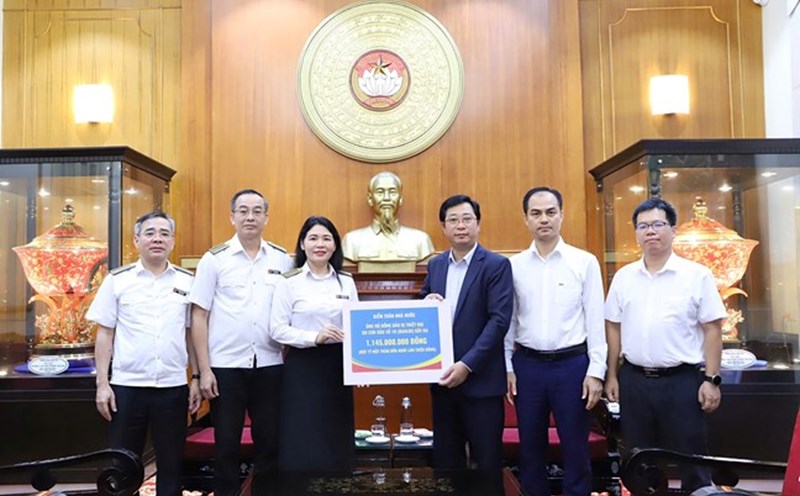According to Anphabe Company, for many years, the top concern of workers has been income, balance and stability.
Anphabe's survey of those who have received a salary increase in the past 3 years shows that the actual salary increase ranges from 8-9%, lower than the average increase they expect (9.7-12.4%).
However, during the difficult period when dismissal became a familiar keyword, many workers were willing to reduce their salary to keep a job. Although workers want to increase their salary by 10-12%, when faced with the risk of losing their jobs, they accept a salary reduction of 5-6%.
In addition to income, the second constant factor mentioned in the labor market is the comprehensive workplace.
A survey by Anphabe Company with an average of 60,000 employees per year, based on a framework of 6 ideal working environment factors including: Rewards, development opportunities, environmental culture, leadership and management, work quality - life, company reputation - are factors that have always maintained an important position over the past decade.
This has reflected the unwavering need of today's workers for a comprehensive working environment that fully meets all aspects of an ideal workplace.
Finally, the talent competition factor has never stopped, even getting stronger. Not only are candidates themselves becoming more open and having more ways to approach work environments, companies in the market are also pushing for more employer brands to attract candidates from other industries.
This leads to their attention to businesses being easily dispersed and divided into many channels.
Therefore, according to Anphabe, whether they like it or not, businesses need to invest in promoting the employer brand in a systematic and diverse manner with many attractive and creative materials to attract candidates.
The factor of tension between generations is also noted by Anphabe Company. Up to 85% of organizations admit to having "generational division syndrome" in the workplace, mainly between Baby-boomers and Gen X for Gen Y.
As recent as it has become, this tension has shifted direction, no longer a clash between Gen Y and previous generations, but a "sharing hand" between Gen X and Gen Y in facing the challenges of Gen Z. Rapid changes over the past decade have increased the gap between generations, making Gen Z more isolated in their views, working style, attitude, communication and technology approaches.
The next generation of Alpha is expected to have even more obvious characteristics. This affirms that tensions between generations are an inevitable reality on the development journey of each organization.










